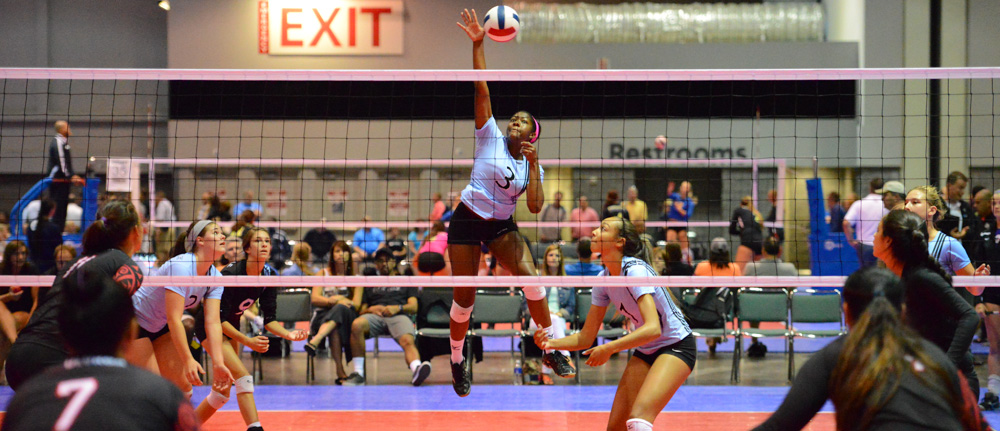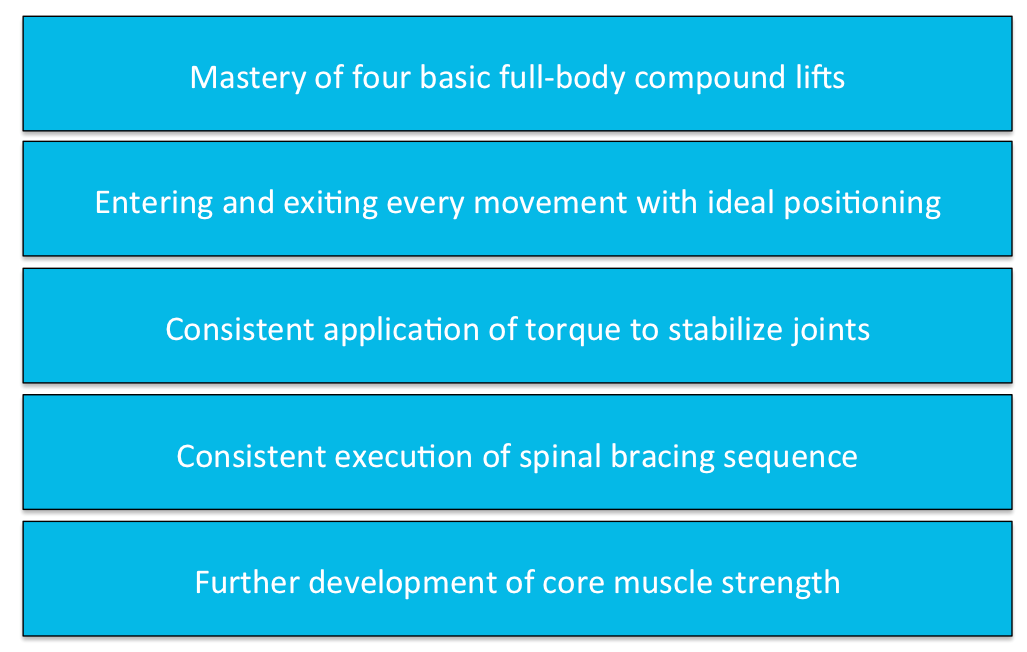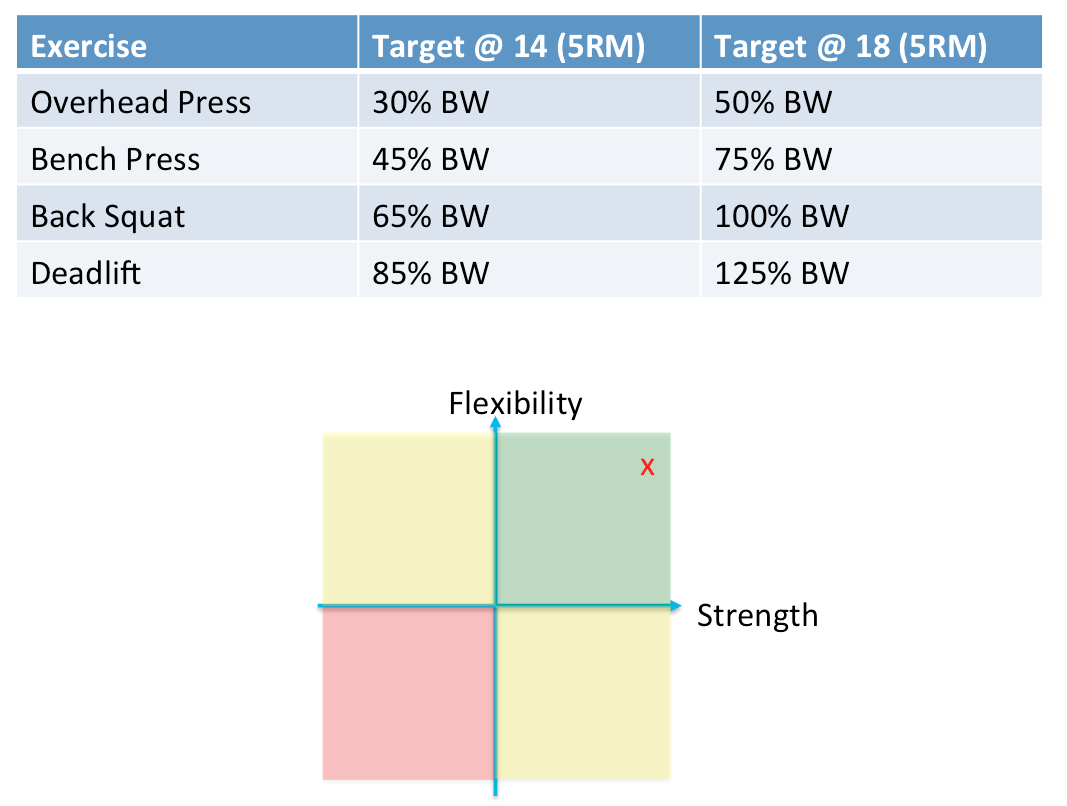

To summarize, athletes and coaches should approach weightlifting as a lifetime journey of exploring healthy positioning and movement. Reading from bottom to top, the beginner's hierarchy of achievement for this journey should look something like the illustration below:

While I don't want to give the impression that lifting a particular amount of weight is or should be a goal, it is a useful outcome to track as long as form is not sacrificed. Based upon our experience, the following weights (expressed as a percentage of body weight) lifted five times with excellent form are reasonable targets for female athletes who are disciplined in developing their mobility skills:

In addition to lifting heavier weight with these first fundamental lifts, there are additional exercises that further strengthen and develop mobility for the advanced athlete. For example, competence with the back squat can be followed by learning the front squat and overhead squat -- each of which demands progressively more hip and shoulder mobility. Mastery of these basic techniques provides a foundation that can build into a lifetime of training and exploration. Starrett's Supple Leopard is an excellent technical reference for more advanced exercises, including Olympic lifts that introduce critical timing and coordination elements along with basic strength and mobility.
The most important point is to treat weight training as a long-term commitment, where the journey is the destination. Never stop learning, and may you enjoy lifetime of active health in the right upper quadrant!